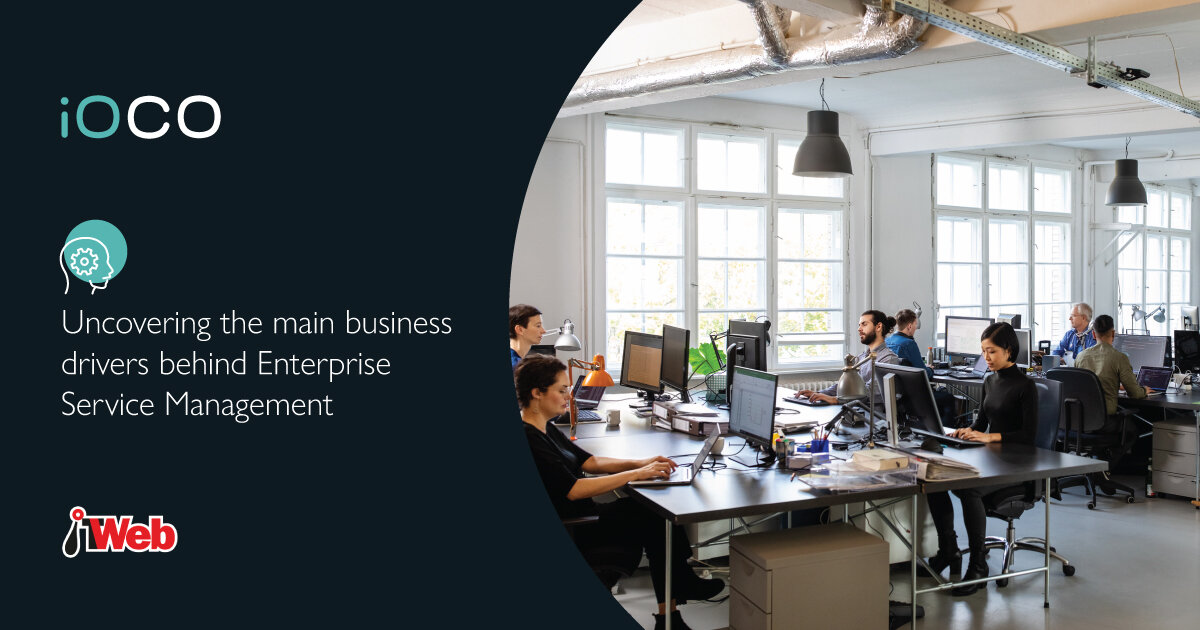In my previous article, I discussed the automation, artificial intelligence (AI) and analytics benefits attached to enterprise service management (ESM) implementation. I reiterate that to ensure ESM is effective, it must be integrated, personalised and automated.
Interestingly, the EMA study previously referred to, noted that 61% of the high-benefiting, mature ESM deployments rated combining AI, analytics and automation as an “extremely high priority” for this year, compared with 24% of those new to ESM.
This would indicate there is a much better developed appetite for automation in high-achieving ESM ventures than there is in newer initiatives. Some 70% of mature ESM deployments are in organisations that trust automation − a trust demonstrated by the degree and extent of automated actions allowed. Only 37% of new ESM deployments were shown to make the same claim.
As organisations evolve in their ability to rely on and consume AI, analytics and automation, rewards mount up, but concurrently demand for increased use also goes up. The resultant ability to do more with existing resources is one of the primary business drivers and enablers of ESM adoption.
Following on from a discussion around automation, AI and analytics, it is a natural progression to move on to digital transformation. But before I do that, I would like to highlight the main business drivers behind ESM.
When organisations are asked to name the most important incentives behind their ITSM team’s move to support ESM, the usual suspects of cost savings, employee/customer satisfaction and digital transformation all crop up.
However, in close contention with this trio of strategic business drivers are existing investments in AI, analytics, automation and ITSM platforms, people, processes and policies. In other words, ESM is the natural next step for organisations looking to cut costs while improving end-user service and operational efficiencies.
The extension of existing, proven IT resources and efficiencies, across broader organisational business functions, adds up to a compelling opportunity. What’s more, it’s an opportunity with very little incremental cost and almost no downside. The value proposition of this business potential is not lost on the C-suite. Executive pressure − both from IT and non-IT − is the leading organisational driver for ITSM teams to support ESM, followed by the ITSM teams themselves.
The extension of existing, proven IT resources and efficiencies, across broader organisational business functions, adds up to a compelling opportunity.
The drive to ESM can be summed up as: executives and ITSM teams use ESM to harness existing investments in AI/automation and the proven capabilities of platforms, people and processes. ESM yields dramatic increases in operational efficiencies and customer/employee satisfaction at minimal incremental cost.
Now let’s move on to the world’s biggest business imperative – digital transformation.
“For some executives, it’s about technology. For others, digital is a new way of engaging with customers. And for others still, it represents an entirely new way of doing business. None of these definitions are necessarily incorrect.” − McKinsey
There are many definitions of what digital transformation is, with most discussions focusing on front-office functions such as product design, delivery and enhanced customer service. It’s understandable when these areas lead directly to new revenue streams. Digital transformation, while a much-hyped part of IT and business conversation, is a very real need.
Companies need to evolve, or maybe even reinvent themselves, to reflect the ongoing changes in the commercial landscape, starting with product and service offerings, moving on to how they engage with both new and existing customers. However, this also needs to be taken through to business and operational models – with the latter including the functionality of back-office operations.
Back-office digital transformation tackles many challenges. It’s all very well delivering great products and services but without improved operations, the wheels come off everything else. Failure to address this issue is one of the many early ESM adopter mistakes that need to be avoided in order to achieve digital transformation success.
Most business functions, departments and teams within an organisation are ripe for back-office digital transformation. While there are many differences between human resources and facilities, for example, there are also many commonalities associated with the fact that most back-office teams will be providing some form of service and support.
Ad hoc manual processes, and limited business-function-specific tools, include just some of the challenges that make it harder for traditional back-office operations to support the new (digitally transformed) front-office and the employees that help to power it.
There are key lessons to be learned that relate to the positioning of digital transformation and the associated thinking and actions that are needed.
It is also important to understand that it is not about technology – it must be approached from a business transformation perspective. It needs to be highly people-centric, especially the recognition that employees will be significantly affected by the change.
It will require activities, and cause pressures, for which the transforming business must be prepared. It is not a one-off exercise and will always be in play as an ongoing improvement initiative. These points are all relevant to organisations that are embarking on, or still struggling with, their digital transformation initiatives.
In conclusion, it is crucial to understand that any digital transformation investment in new products plus services, and better customer engagement mechanisms, will be less than optimal without suitable back-office digital transformation.



